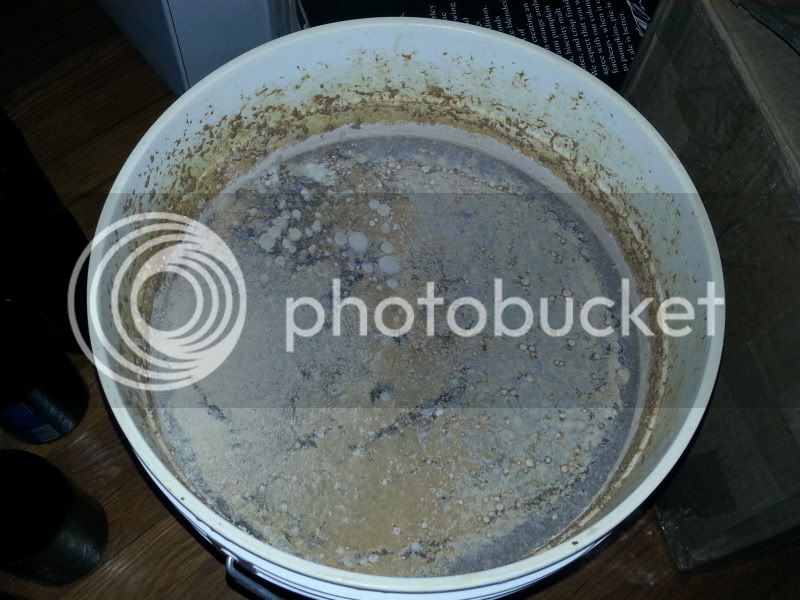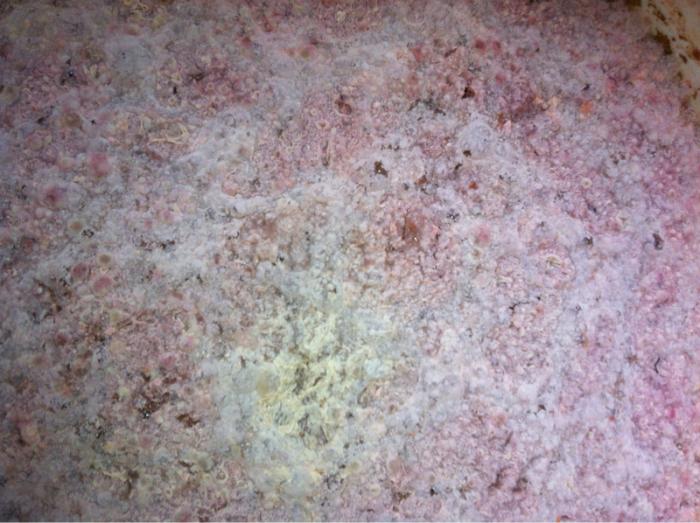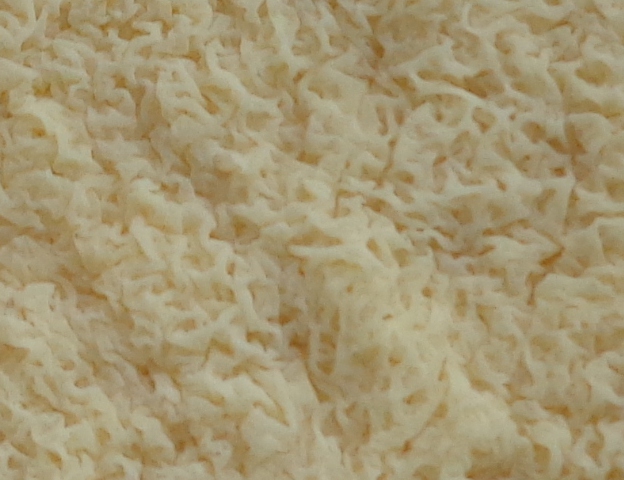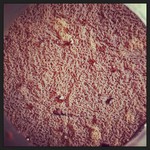TNGabe
Well-Known Member
- Joined
- Aug 19, 2012
- Messages
- 6,657
- Reaction score
- 2,294
sorry to potentially go off track on this post but I have a oatmeal stout that had been in primary almost a month that I just noticied some huge bubbles yesterday and transferred it to secondary to get it off the yeast cake. its been less than 12 hours and bubbles are slowly returning....does this look like Pellicle?
when I transferred it smelled like a delicious oatmeal stout. the only funky thing was a small fruit fly had managed to get into the airlock and die in the vodka at the top of the primary and was floating in it, not sure if that is a clear sign.
Looks like a pellicle/krausen mix. Whatever is in there is very active.
























